Below Knee Prosthetics
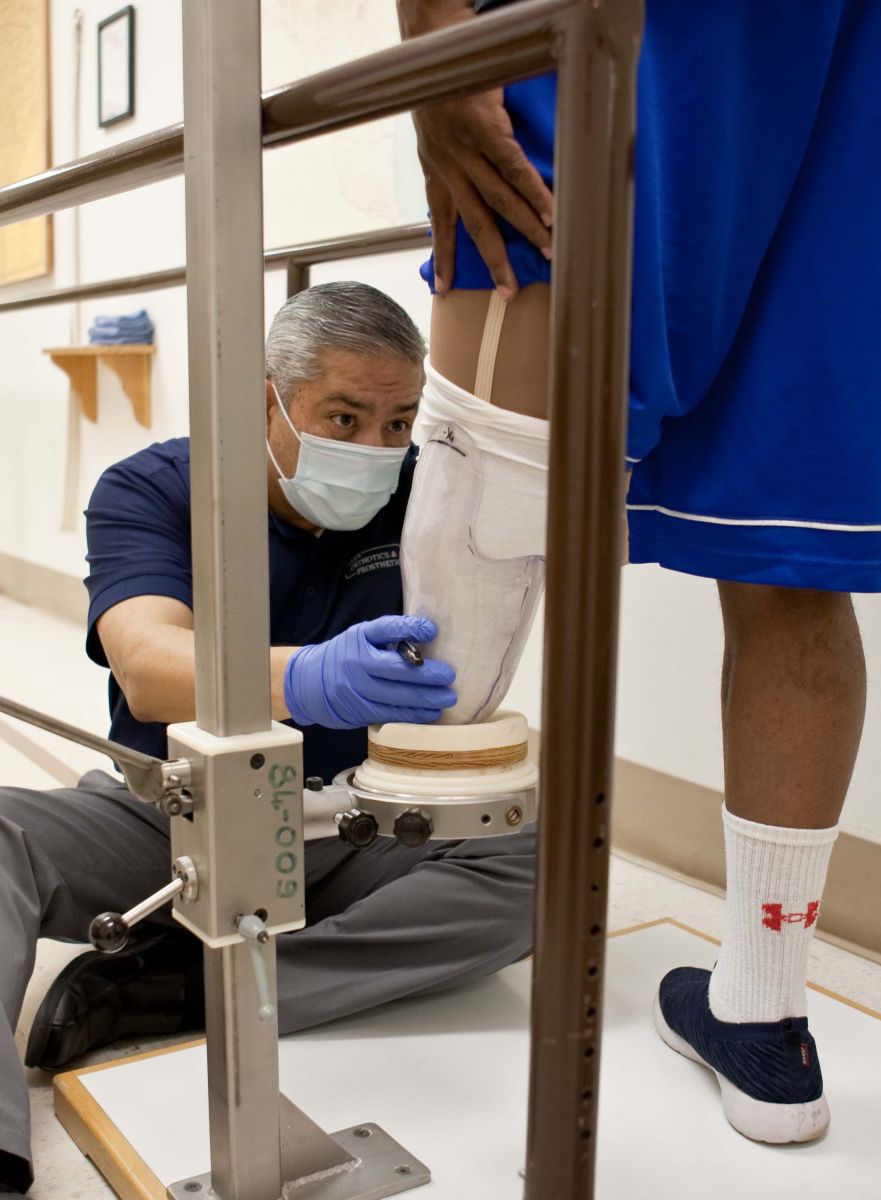
We believe in doing everything we can to help our patients reach their highest potential. This means we are constantly adding to our knowledge about how best to help lower limb amputees reach their full potential. Prosthetic socket design, lightweight materials and various suspension options, such as vacuum-aided suspension, have all helped to provide more function from a prosthetic system while reducing its overall weight. We also stay current with the latest developments in prosthetic components in order to provide excellent prostheses.

Suspension
There are various ways by which a prosthesis is kept attached to the residual limb or “suspended.” Some of the common suspension methods are: Locking pin suspension, suction suspension, anatomical suspension and elevated vacuum suspension.

Locking Pin Suspension
A locking pin suspension incorporates a roll-on gel locking liner. There is an attachment point at the far end of the liner to which a plunger pin is threaded onto. When the locking liner is applied to the residual limb and the prosthesis is applied, the locking pin engages into a locking mechanism at the bottom of the socket. The prosthesis stays attached to the limb until the release button is pressed so that pin becomes disengaged and the prosthesis can be removed.
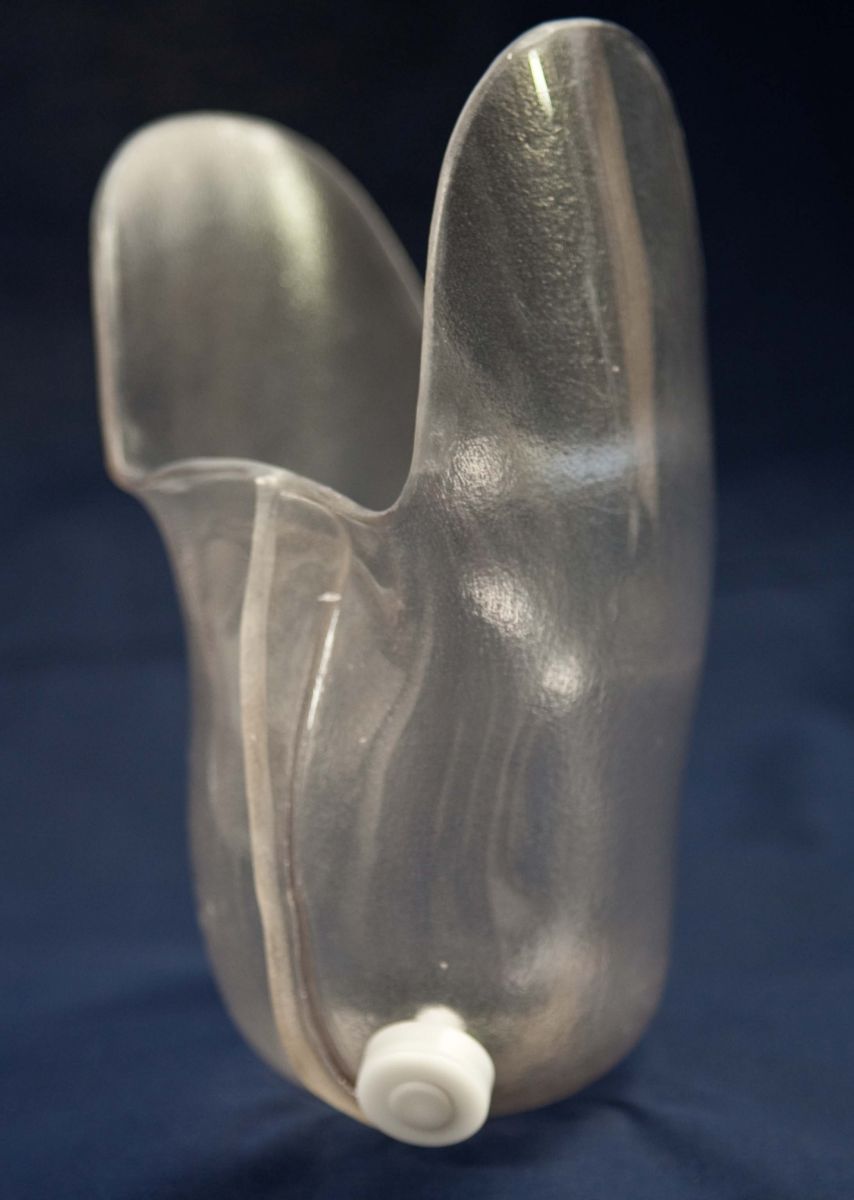
Suction Suspension
Suction suspension is another method that works well for suspending the prosthesis. As the residual limb enters the socket, air is pushed out of the socket through a one-way air expulsion valve. A sealing sleeve or a sealing ring is used to keep air from entering through the upper portion of the socket and suction suspension is created. To remove the prosthesis, air is allowed to enter the socket by lowering the sealing sleeve, by opening or removing the valve.
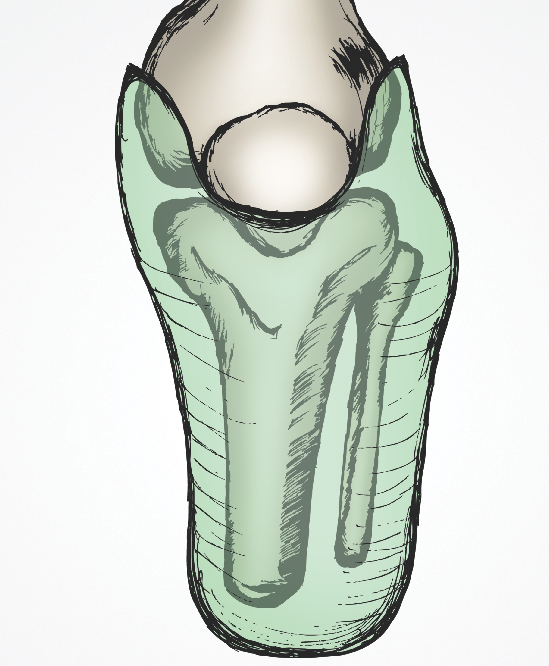
Anatomical Suspension
Anatomical suspension typically takes advantage of the wider contours of the lower limb such as those of the femoral condyles. The prosthesis is usually designed in such a way that the upper portion of the socket will be more narrow above the wider contours of the residual limb so that the bony anatomy maintains the prosthesis in place.
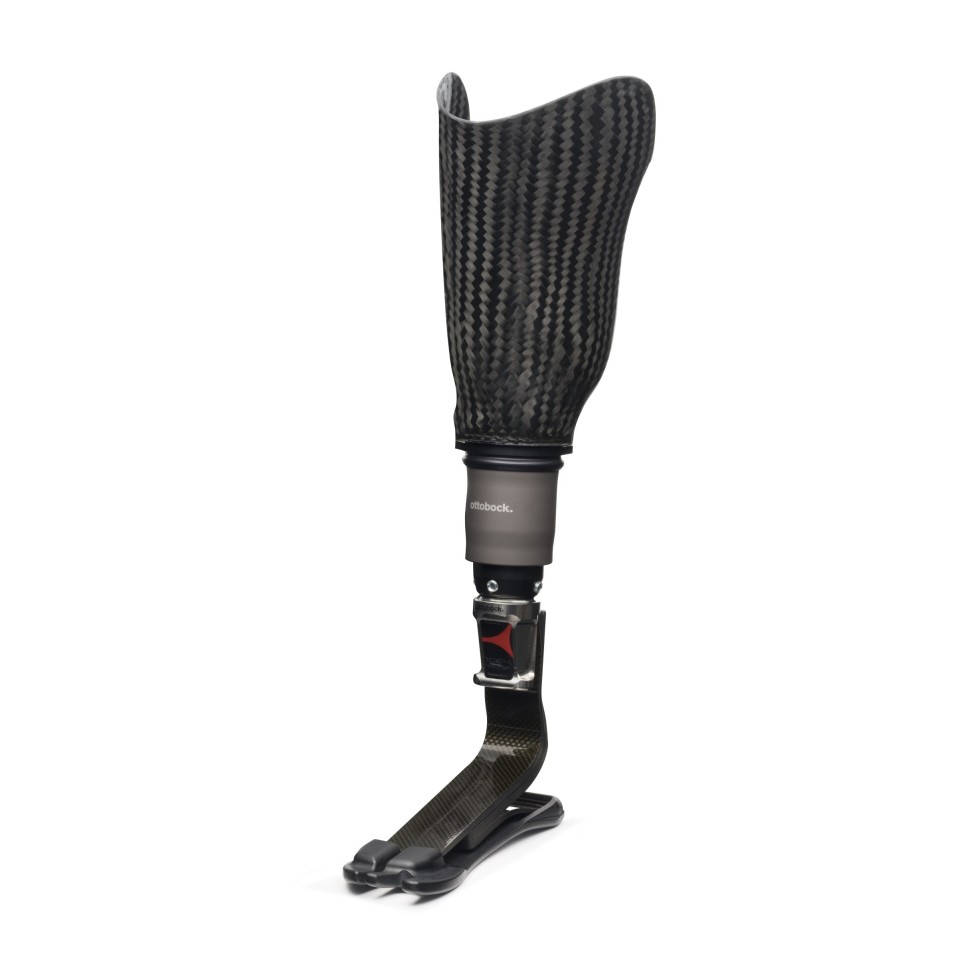
Elevated Vacuum
Elevated vacuum suspension utilizes either a mechanical or electronic pump to actively remove air from within the socket. Studies have shown that elevated vacuum suspension systems reduce volume fluctuations, reduce friction and improve residual limb health among other benefits.
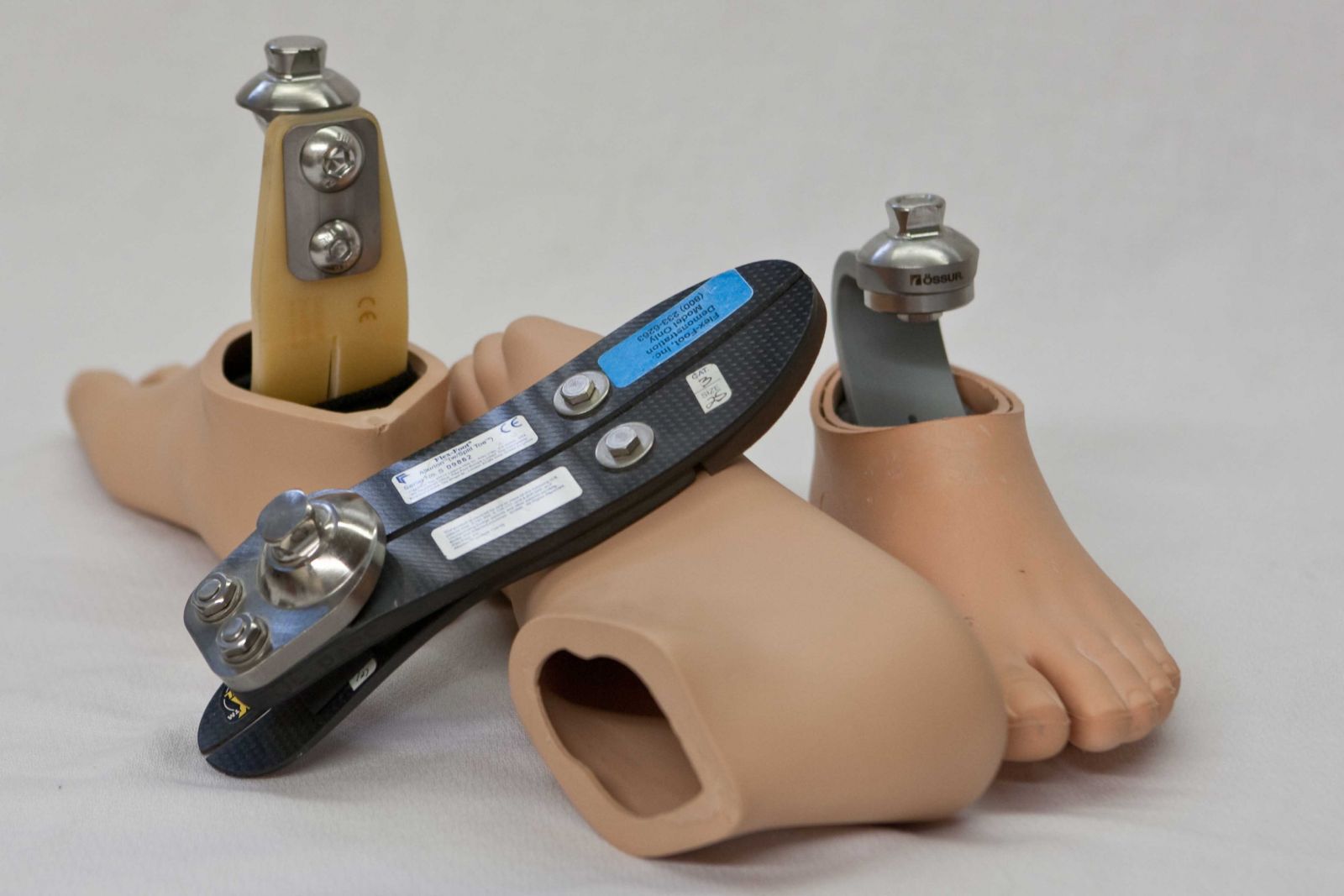
Prosthetic Feet
There are various prosthetic feet designs from Solid Ankle Cushion Heel (S.A.C.H.) feet to microprocessor controlled prosthetic ankle/foot systems. The type of prosthetic foot that an individual will use is selected on a case by case basis. The patient’s activity level, their goals, their terrain/walking environment and the amount of clearance from the end of their residual limb to the floor are just some of the factors that must be considered.

Materials
From clear copolyester check sockets to carbon fiber finished prosthetic sockets, Aluminum alloys to machined titanium, we utilize many different fabrics and resins to fabricate a custom prosthesis.
